
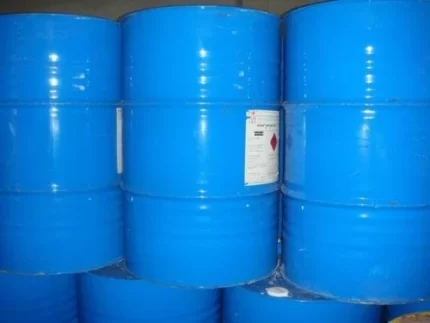
Styrene Acrylic Emulsion Polymer
KSh85,000.00 Original price was: KSh85,000.00.KSh84,000.00Current price is: KSh84,000.00.
Styrene Acrylic Emulsion Polymer is a versatile water-based copolymer that combines the beneficial properties of styrene and acrylic components to create a high-performance binding agent. This polymer emulsion is particularly valued for its excellent film-forming characteristics, offering an optimal balance between hardness from styrene and flexibility from acrylic. It serves as a key ingredient in various industrial and commercial applications, including architectural and industrial coatings, where it provides durability, water resistance, and enhanced gloss retention. Additionally, it is widely used in adhesives and sealants for its strong bonding capabilities, in textile and paper coatings for improved wash resistance and printability, and in construction materials to enhance waterproofing and crack resistance in concrete mixtures
Styrene Acrylic Emulsion Polymer Uses
Primary Uses of Styrene Acrylic Emulsion Polymer
1. Paints & Coatings
-
Architectural Coatings:
-
Used in interior/exterior paints (provides durability, water resistance, and gloss retention).
-
Low-VOC formulations (eco-friendly paints).
-
-
Industrial Coatings:
-
Protects metal, wood, and concrete in anti-corrosive coatings.
-
2. Adhesives & Sealants
-
Paper & Packaging Adhesives:
-
Used in labeling, carton sealing, and bookbinding.
-
-
Construction Adhesives:
-
Tile adhesives, cement modifiers, and waterproofing compounds.
-
3. Textile & Non-Woven Binders
-
Provides fabric stiffness, wash resistance, and printability in textiles.
-
Used in synthetic leather, carpet backing, and medical non-wovens.
4. Construction & Building Materials
-
Cement & Mortar Modification:
-
Improves flexibility, crack resistance, and waterproofing in concrete.
-
-
Ceramic Tile Adhesives (CTA):
-
Enhances bonding strength and workability.
-
5. Paper & Packaging Coatings
-
Improves surface smoothness, printability, and water resistance in coated paper.
Secondary Uses of Styrene Acrylic Emulsion Polymer
1. Leather Finishing
-
Used in synthetic leather coatings for durability and gloss.
2. Automotive Interiors
-
Binder for car upholstery, dashboards, and soundproofing materials.
3. Printing Inks
-
Used in flexographic and gravure inks for better adhesion.
4. Consumer Goods
-
Found in cosmetic packaging, toys, and household products.
5. Agriculture (Seed Coatings & Mulch Films)
-
Helps in controlled-release fertilizers and biodegradable films.
| APPEARANCE |
Emulsions – Mixtures of immiscible liquids |
|---|---|
| AVAILABLE PACK SIZE |
25kg( Metal or Plastic Jerrycan/ Bucket, Bag, Box, Polythene bag, Carton bag) |
- Basic Identification Attributes
- Chemical Name: Styrene-Acrylic Copolymer
- Common/Trade Names:
- Acrylic-styrene resin
- Styrene-acrylate emulsion
- CAS Number: Varies by composition (e.g., [9003-54-7] for general styrene-acrylic copolymers)
- HS Code: 3906.90.90 (Other acrylic polymers)
- Molecular Formula: (C₈H₈)ₙ·(C₃H₄O₂)ₘ (variable monomer ratio)
- Synonyms:
- Styrene acrylate
- SA copolymer
- Acrylic-modified styrene resin
- Physical & Chemical Properties
- Physical State: Milky white liquid emulsion or solid resin (depends on form)
- Color & Odor: Colorless to white; mild characteristic odor (low VOC in water-based forms)
- Glass Transition Temperature (Tg): -20°C to +100°C (adjustable via monomer ratio)
- Density: ~1.05–1.15 g/cm³ (emulsion)
- Solubility:
- Insoluble in water (but forms stable emulsions)
- Soluble in organic solvents (e.g., toluene, acetone) for solvent-based types
- pH Level: 7–9 (water-based emulsions)
- Viscosity: 50–5,000 cP (emulsions; varies with solids content)
- Thermal Stability: Stable up to 200°C (decomposes above 250°C)
- Safety & Hazard Attributes
- Hazard Class (GHS):
- Not classified (water-based emulsions)
- Flammable (Category 3) for solvent-based forms (H226)
- Eye/Skin Irritation (Category 2) if unreacted monomers remain (H319/H315)
- NFPA Ratings:
- Health: 1 | Flammability: 1 (emulsion) to 2 (solvent-based) | Reactivity: 0
- Exposure Limits:
- Styrene monomer (if present): OSHA PEL 100 ppm (TWA)
- Acrylate monomers: ACGIH TLV 2–10 mg/m³ (varies by type)
- Reactivity:
- Stable under normal conditions; avoid strong oxidizers.
- Storage & Handling Attributes
- Storage Conditions:
- Water-based: Store at 5–30°C; prevent freezing.
- Solvent-based: Keep away from heat/sparks in flammable storage.
- Incompatible Materials: Strong acids/bases, oxidizers (e.g., peroxides).
- Container Type:
- HDPE or coated steel for emulsions; sealed metal for solvent-based.
- Shelf Life: 6–12 months (emulsions; check for coagulation).
- Special Handling:
- Use gloves (nitrile) and goggles.
- Ventilation recommended for spray applications.
- Regulatory & Compliance Attributes
- Regulatory Status:
- EPA: Exempt from VOC regulations if water-based (40 CFR 59).
- REACH: Registered; low concern if fully polymerized.
- FDA: Compliant grades for food-contact coatings (21 CFR 175.300).
- Hazard Symbols: None (water-based) or ⚠️ (solvent-based).
- Transportation Restrictions:
- UN Number: None (emulsions) or 1263 (solvent-based, PG III).
- Waste Disposal:
- Solidify water-based waste; incinerate solvent-based per local regulations.
- Environmental & Health Impact
- Ecotoxicity:
- Low toxicity to aquatic life (LC50 >100 mg/L for emulsions).
- Biodegradability: Poor (persistent as polymer; monomers degrade faster).
- Persistence:
- Microplastics concern if released untreated.
- Human Health:
- Carcinogenicity: IARC Group 2B (styrene monomer; polymerized form low risk).
- Sensitization: Possible with residual monomers (e.g., acrylates).
Personal Protective Equipment (PPE):
- Gloves:Nitrile or neoprene gloves (resistant to polymers and mild chemicals).
- Eye Protection:Safety goggles or face shield to prevent splashes.
- Clothing:Wear a lab coat or protective apron to avoid skin contact.
- Respiratory Protection:Use a NIOSH-approved dust mask (N95) if handling dry powder or in poorly ventilated areas.
Handling & Storage:
- Work in a well-ventilated areato minimize vapor/mist inhalation.
- Avoid skin and eye contact—emulsion can cause irritation.
- Store in sealed containersaway from extreme heat, freezing, and direct sunlight.
- Keep away from strong oxidizers, acids, and bases(may cause polymerization or degradation).
Hygiene Practices:
- Wash hands thoroughly after handling.
- Avoid eating, drinking, or smoking near the material.
Inhalation (Mist/Vapor Exposure):
- Move to fresh air
- If breathing difficulty occurs, seek medical attention.
Skin Contact:
- Remove contaminated clothing.
- Wash affected area with soap and waterfor at least 15 minutes.
- If irritation persists, consult a doctor.
Eye Contact:
- Rinse eyes with lukewarm waterfor at least 15 minutes (hold eyelids open).
- Seek medical attentionif irritation continues.
Ingestion:
- Do NOT induce vomiting.
- Rinse mouth with water and drink small amounts of waterif conscious.
- Seek medical help(risk of gastrointestinal irritation).
Flammability:
- Combustiblewhen dry (contains organic polymers).
- Emulsion form is water-based and less flammable, but may burn when dried.
- Releases toxic fumes (CO, CO₂, styrene, acrylic compounds)when burning.
Extinguishing Media:
- Water spray, foam, dry chemical powder, or CO₂.
- Avoid water jetsif possible (may spread emulsion; use mist/spray instead).
Firefighting Procedures:
- Wear self-contained breathing apparatus (SCBA)and full protective gear.
- Cool containers with water sprayto prevent rupture.
- Contain runoff to prevent environmental contamination.
Spill/Leak Response:
- Contain liquid spills with absorbent materials(e.g., sand, vermiculite).
- Avoid washing into drains (may coagulate and clog pipes).
- Dispose of as chemical wasteper local regulations.



 LABORATORY EQUIPMENT & APPARATUS
LABORATORY EQUIPMENT & APPARATUS
 Fertilizers
Fertilizers Plant Growth Regulators
Plant Growth Regulators Soil Conditioners
Soil Conditioners Animal Feed Additives
Animal Feed Additives Biostimulants
Biostimulants Dough Conditioners
Dough Conditioners Flour Treatments
Flour Treatments Fat Replacers
Fat Replacers Preservatives (baking)
Preservatives (baking)
 Surfactants (cleaning)
Surfactants (cleaning) Builders
Builders Bleaching Agents
Bleaching Agents Enzymes
Enzymes Solvents (cleaning)
Solvents (cleaning) Fragrances
Fragrances

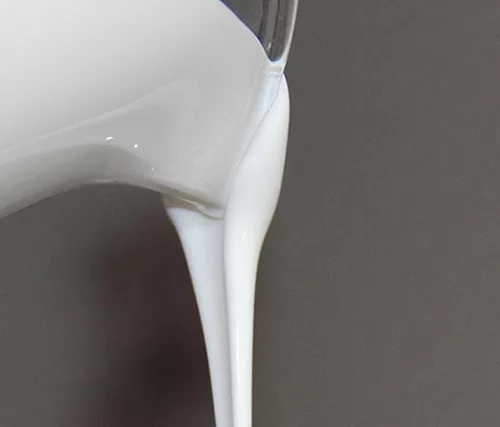

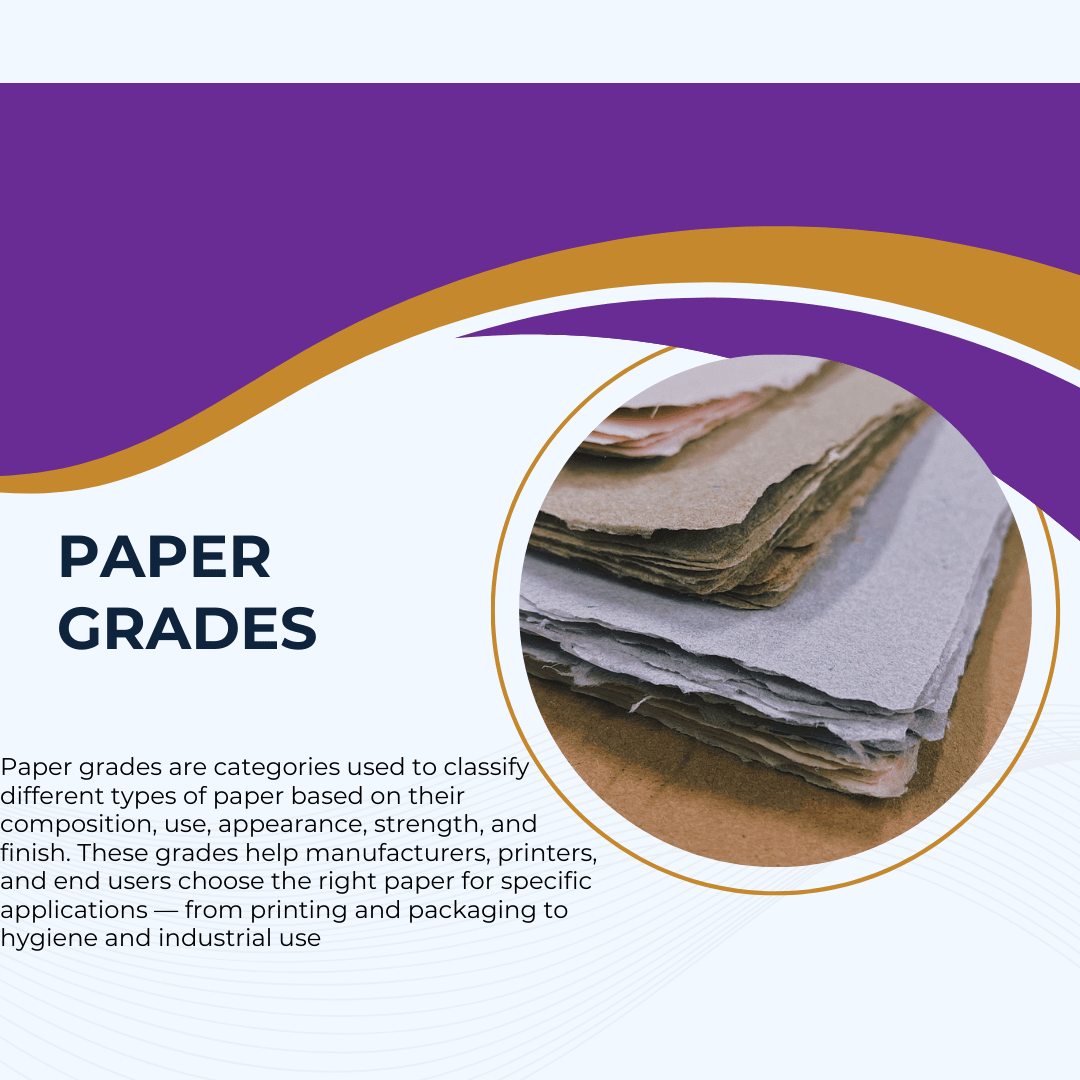
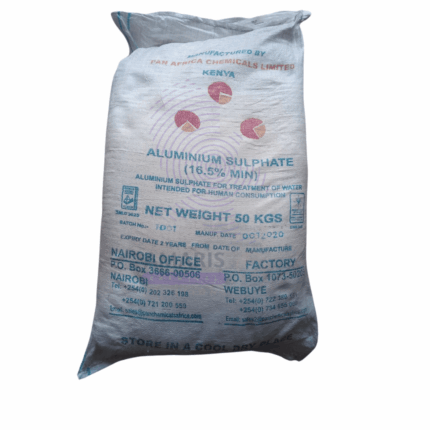
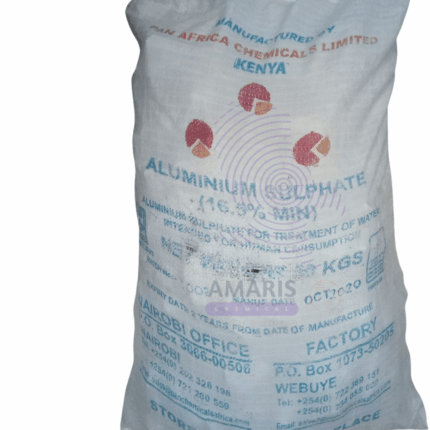
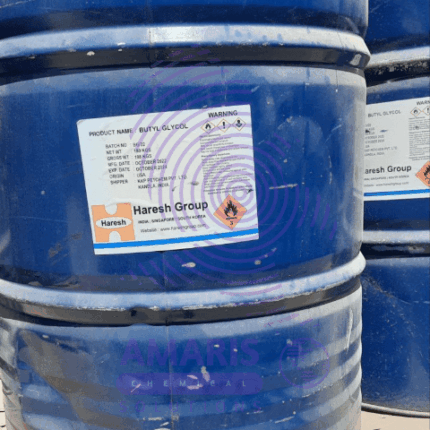
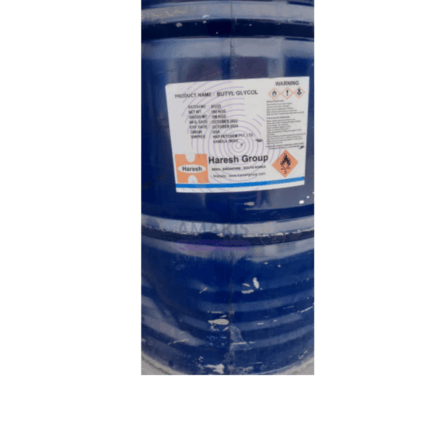
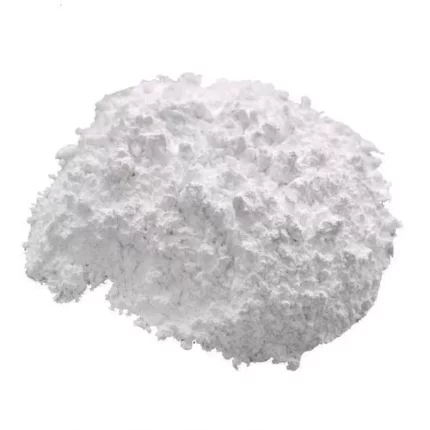



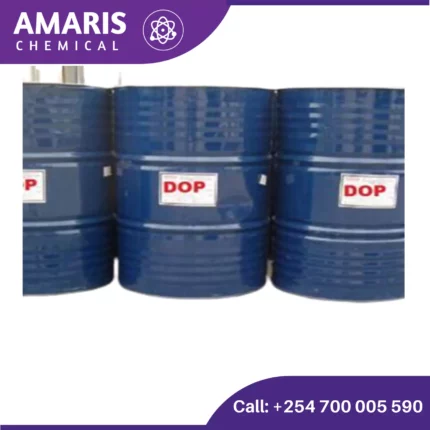
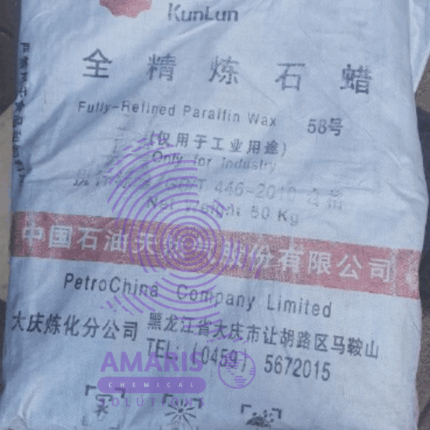
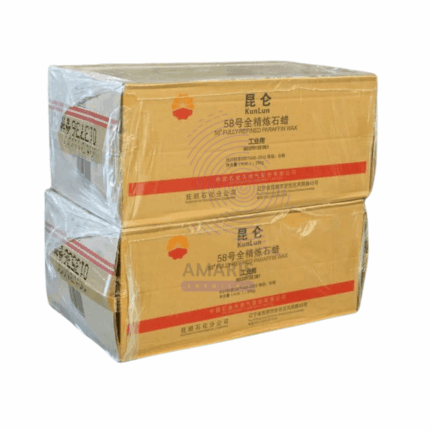













Reviews
There are no reviews yet.